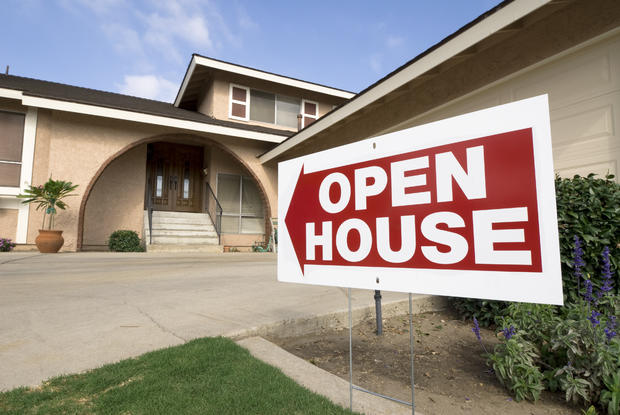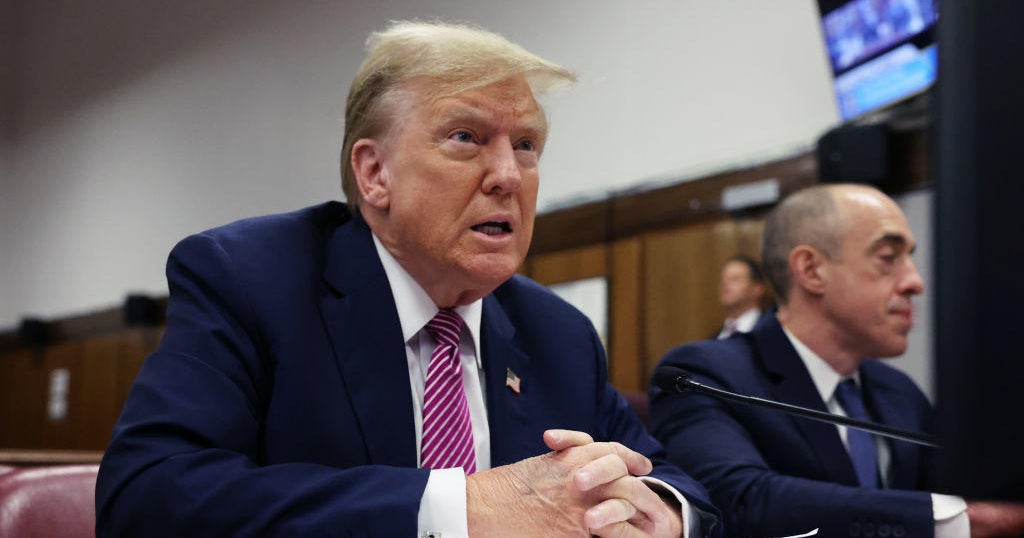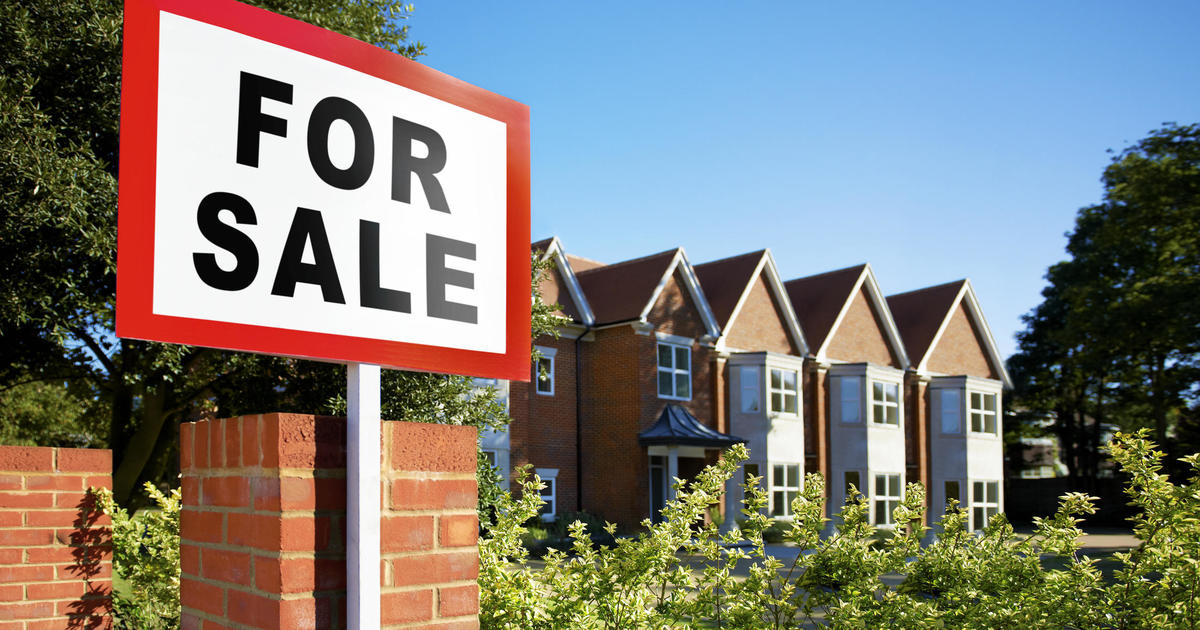Fewer immigrants could mean fewer new homes
For Stephan Sardone, owner of a Dallas-based home remodeling company, “a day without immigrants” last month meant a day without one of his subcontractors on a job in the city’s affluent Preston Hollow neighborhood.
Every one of the subcontractor’s employees skipped work on Feb. 16 to take part in an informal nationwide strike designed to highlight the importance of foreign-born workers to the U.S. economy and protest President Trump’s immigration agenda. The strike caused a minor inconvenience for Sardone, but its message certainly wasn’t lost on him.
That’s because homebuilders, remodelers and subcontractors rely heavily on foreign-born workers and are already coping with a long-running labor shortage. The lack of labor has depressed construction levels throughout the housing recovery, contributing to an imbalance between supply and demand for homes and thus driving up prices.
Tighter controls on immigration, whether legal or illegal, under President Trump may only exacerbate the homebuilding industry’s labor shortfall.
Housing starts are expected to rise this year to 1.3 million, which represents a slight improvement over last year but still well below pre-financial crisis levels. In 2005, for instance, housing starts topped 2 million, according to the National Association of Realtors (NAR).
“Homebuilders are building more [than they have been in recent years], but not at the level that we truly need” to satisfy demand, said Lawrence Yun, NAR’s chief economist.
Foreign-born workers represent nearly 30 percent of those employed in construction trades, according to a study by the National Association of Home Builders (NAHB) that analyzed Census data. The share of immigrants is particularly high in some trades that are crucial to homebuilding (such as carpentry, painting and drywall installation) and don’t require much formal training.
It’s an open secret that many unauthorized immigrants work in the construction industry. While they represented a 5 percent share of the U.S. civilian labor force in 2014, they made up about 13 percent of workers in the construction sector that year, according to a Pew Research Center study. In a ranking of industries with high shares of unauthorized immigrant workers, agriculture came in first, followed by construction.
NAHB said it opposes illegal immigration and supports immigration reform that would create a guest-worker program that allows employers to recruit legally authorized immigrant workers when not enough domestic workers are available. The trade association also supports a plan that would create a path to legal status for unauthorized immigrants.
But some Republicans in Congress have already introduced a bill to curb the H-1B visa program, through which skilled workers, typically college-educated, are permitted to work in the U.S. The H-1B program is also in President Trump’s crosshairs.
In his address to Congress last month, Mr. Trump called for a merit-based immigration system that would give preference to highly skilled and employable immigrants over those moving for family reasons. He has also vowed to seal the border with Mexico, from which large numbers of immigrants working in construction hail. According to the NAHB, some 53 percent of legally authorized immigrant construction workers were born in Mexico.
The homebuilding industry’s labor shortage has its roots in the housing bust, when large numbers of small-business owners and workers “had to find some other way to feed their families,” explained Jerry Howard, NAHB’s chief executive officer. Many found jobs in other fields and haven’t returned to homebuilding. On top of that, a number of immigrant construction workers left the country altogether and haven’t come back.
Through its Home Builders Institute, the NAHB has sought to address its industry’s labor crunch by contracting with state and local governments to offer training programs and job-placement services.
“You have a workforce where those who are trained in [much-needed] skills have jobs in other sectors and don’t want to come back,” said Howard. “That’s a huge factor as to why there is a shortage of housing construction, and it’s not a problem that will go away overnight,” he added.
Homebuilders surveyed in December for the monthly NAHB/Wells Fargo Housing Market Index said the cost and availability of labor is their top challenge this year, as it was last year.
Wages in the sector have been rising for years, according to Labor Department data, and any federal policies that reduce the supply of workers are likely to put more upward pressure on labor costs. Higher wages would put more money in the pockets of workers and boost their spending power, but there are trade-offs.
“It’s well-known that a large part of the construction-industry labor force is immigrant labor. If we make it harder for immigrants to enter the country or find jobs, then labor costs could increase for builders, and higher costs could be passed down to buyers,” said Svenja Gudell, Zillow’s chief economist.
She added: “Regulation and labor costs are two of the top reasons builders cite for not building more.”




